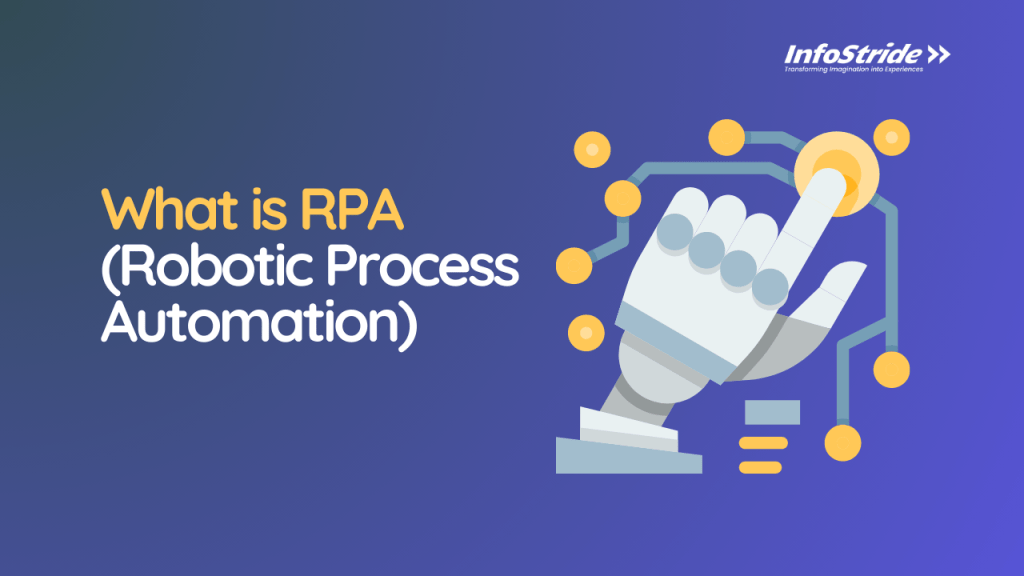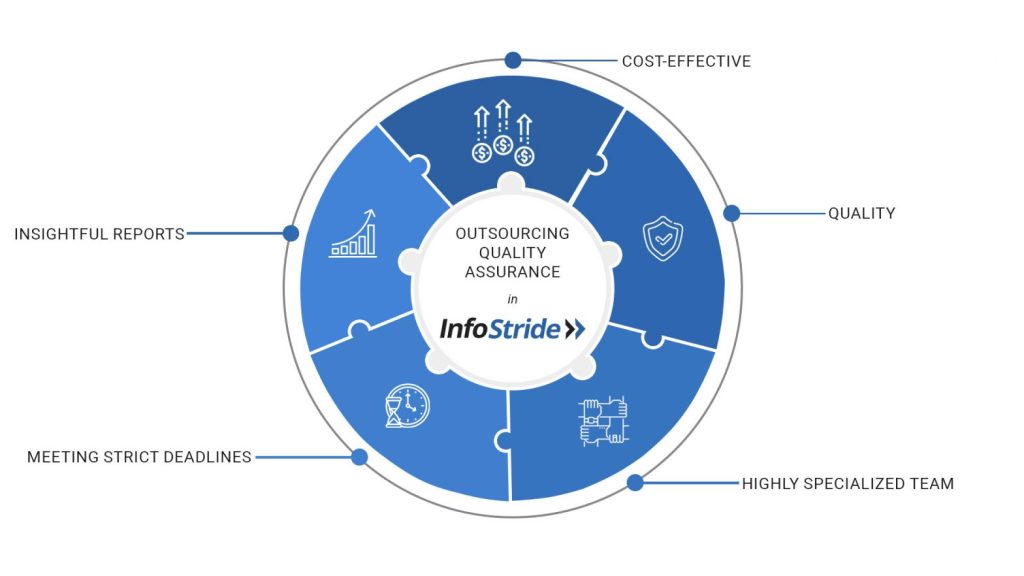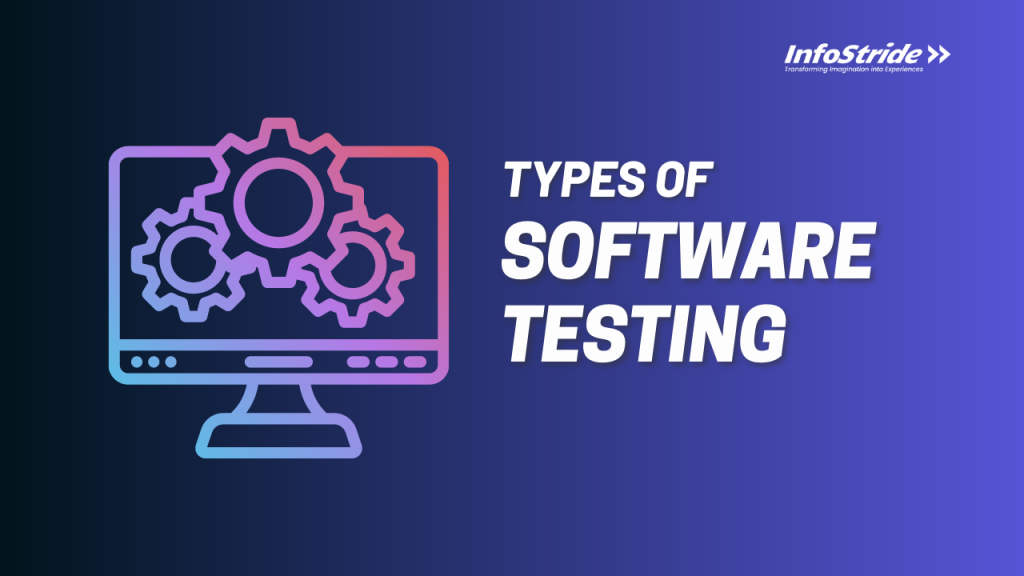Introduction
In today’s digital economy, data is the lifeblood of innovation. At Infostride, we understand that whether it’s powering real-time transactions, personalizing customer experiences, or driving insights through machine learning, data systems must be scalable, secure, and intelligent.
As a leading solutions provider, Infostride’s team of database architects brings decades of collective experience across Oracle, MySQL, MS SQL Server, and MongoDB. We’ve witnessed how database technologies have evolved—from traditional on-premise systems to distributed, cloud-native architectures that power modern enterprises.
In this article, we’ll explore the future of database architecture, discussing key trends, technologies, and strategies that organizations should adopt to remain competitive in a data-driven world.
The Shift from Monolithic to Distributed Database Systems
Traditional database architectures were monolithic—centralized systems that struggle under the weight of massive, concurrent workloads.
The modern approach is distributed database architecture, where data is spread across multiple nodes. This structure enhances fault tolerance, scalability, and performance. For example, our team’s extensive experience with large-scale OLTP and OLAP systems includes implementing Oracle RAC (Real Application Clusters) for high availability, providing near-zero downtime and exceptional fault resilience essential for mission-critical operations.
Embracing Multi-Model Databases
Data today comes in many forms. Rather than relying on multiple specialized databases, enterprises are turning to multi-model databases that support various data types (document, graph, relational) within a single engine, such as MongoDB and Oracle 23c. This flexibility simplifies development and reduces data silos.
Key Takeaway: Multi-model databases allow organizations to adopt polyglot persistence—leveraging the most effective model for each task without increasing operational complexity.
Cloud-Native Database Architectures: The New Standard
Cloud adoption is redefining database architecture. Modern systems now rely on cloud-native databases, such as Amazon RDS, Azure SQL Database, and Oracle Autonomous Database.
However, transitioning to the cloud isn’t just about migration—it requires a design-first mindset that focuses on:
- Elastic scaling
- Automation for deployment
- Containerization using Kubernetes or Docker
Our projects involving the migration of legacy on-prem databases to hybrid cloud environments, using tools like Oracle Data Pump and Transportable Tablespaces, have shown performance improvements of 40% and drastically reduced downtime.
Performance Tuning and Query Optimization: The Art and Science of Speed
Performance tuning remains one of the most critical aspects of database architecture. It’s both a science (execution plans, indexing) and an art (intuition about data flow).
Core techniques include:
- Designing effective index strategies
- Using partitioning for large tables
- Monitoring with AWR, STATSPACK, and ADDM
- Writing PL/SQL routines for optimized queries
- Automating health checks with AWK/Shell scripts
By combining these techniques, Infostride has achieved significant performance improvements in production databases, reducing query latency by up to 70% in real-world deployments.
Security, Compliance, and Data Governance
In the age of data privacy laws like GDPR and India’s DPDP Act, securing enterprise data is paramount. A strong governance strategy ensures compliance and protects sensitive information.
Best Practices:
- Encryption (data at rest & in transit)
- Role-Based Access Control (RBAC)
- Comprehensive auditing and logging
- Backup and recovery automation using RMAN
At Infostride, we develop multi-layered database security frameworks—ensuring that mission-critical systems remain compliant, efficient, and resilient against evolving threats.
Automation and AI in Database Management
Automation is transforming database management. Modern systems now feature AI-driven optimization, predictive maintenance, and self-healing mechanisms.
Platforms like Oracle Autonomous Database and Azure SQL Intelligent Insights automatically:
- Adjust resources based on workload
- Detect anomalies and security threats
- Tune queries for optimal performance
For instance, our expertise includes designing automated scripts for high-volume tasks like CDR (Call Detail Record) processing, automating reconciliation, error detection, and reporting. Implementations like this have been shown to reduce manual workloads by 80% and enhance real-time visibility.
The Future Is Autonomous: AI-powered databases are paving the way for self-tuning, self-patching, and self-scaling systems—allowing professionals to focus on strategy rather than maintenance.
Data Warehousing and Real-Time Analytics
Businesses today demand instant insights. Traditional batch ETL is being replaced by real-time data pipelines that feed analytics dashboards and AI models.
Modern data warehouse platforms—like Snowflake, Google BigQuery, and Oracle Exadata—are designed for speed and scalability.
Our Experience: We have architected data warehouse environments where ETL pipelines process millions of records daily for telecom analytics. By automating ETL tasks, optimizing data partitioning, and leveraging cloud storage, we enable real-time business intelligence at scale.
Documentation and Communication: The Human Side of Architecture
At Infostride, we believe technical brilliance alone doesn’t guarantee project success—clear documentation and effective communication do. Comprehensive documentation ensures transparency, simplifies onboarding, and supports regulatory audits.
In every project we lead, we emphasize one principle:
“A well-structured data system begins with a well-documented design.”
This not only strengthens system integrity but also builds trust across teams.
The Future: From Cloud to Edge and Beyond
Looking ahead, database architecture will continue evolving toward greater autonomy, decentralization, and intelligence. Three major trends stand out:
- Autonomous Databases: Self-learning systems that automatically optimize performance and security.
- Edge Databases: Localized processing near IoT devices for ultra-low latency.
- Quantum Databases: Leveraging quantum computing for massive parallelism and advanced encryption.
The architects of tomorrow must master not only technology but also data ethics, sustainability, and AI integration. At Infostride, we are committed to ensuring that innovation aligns with responsible data stewardship.











